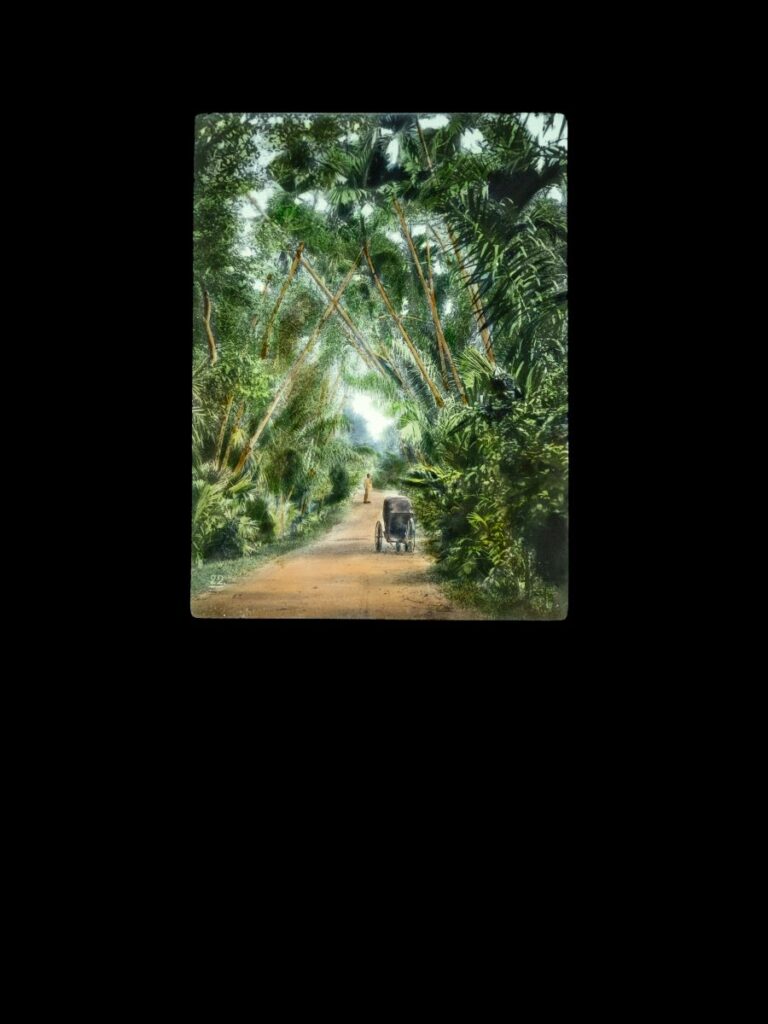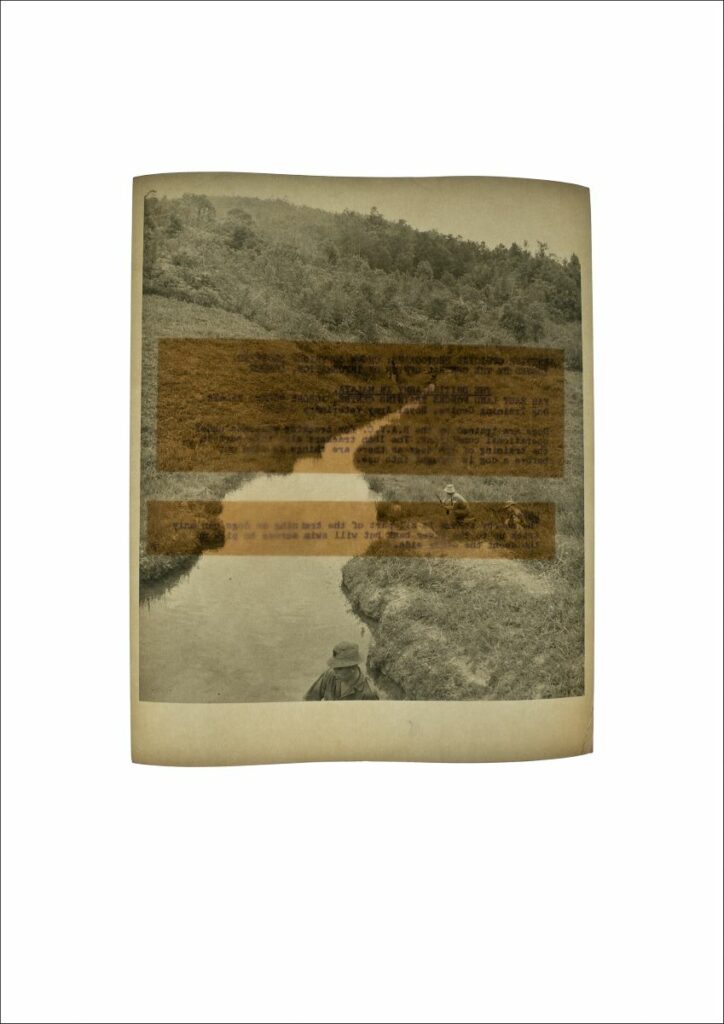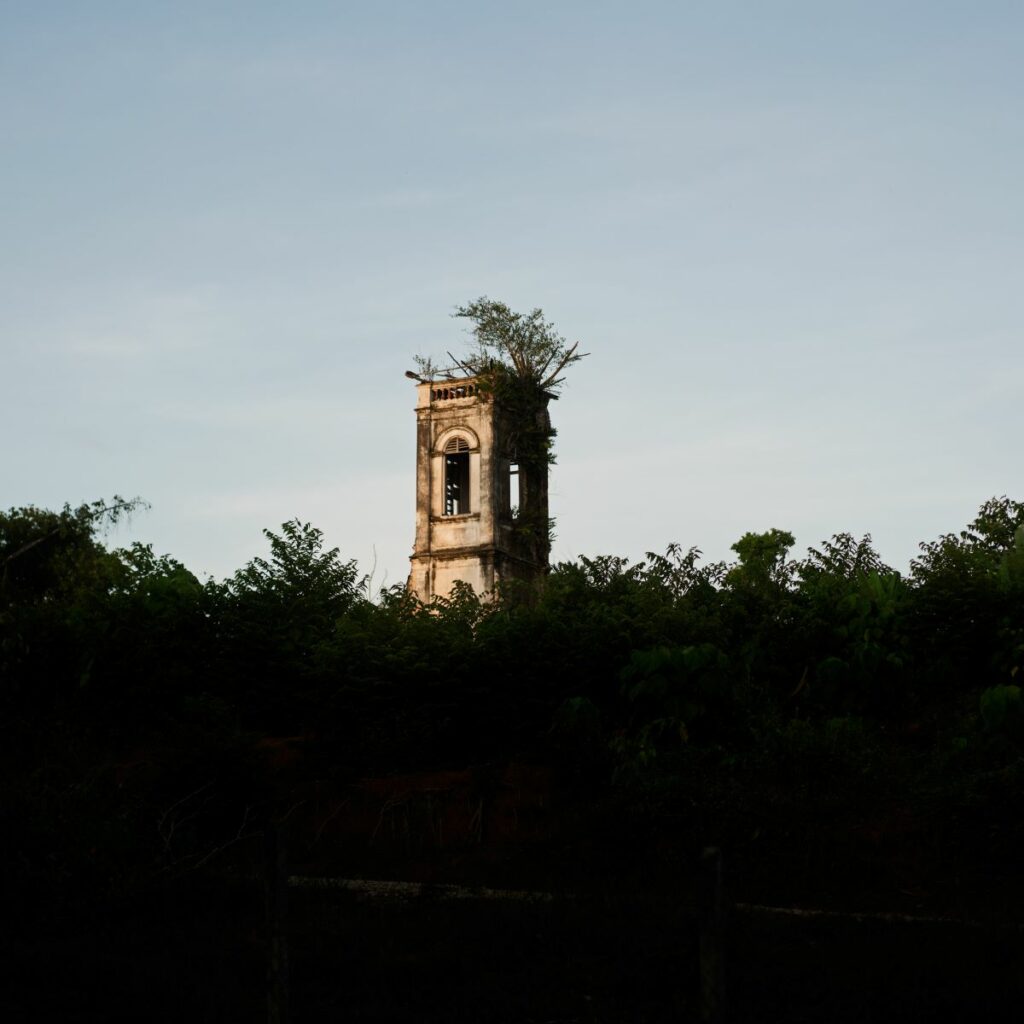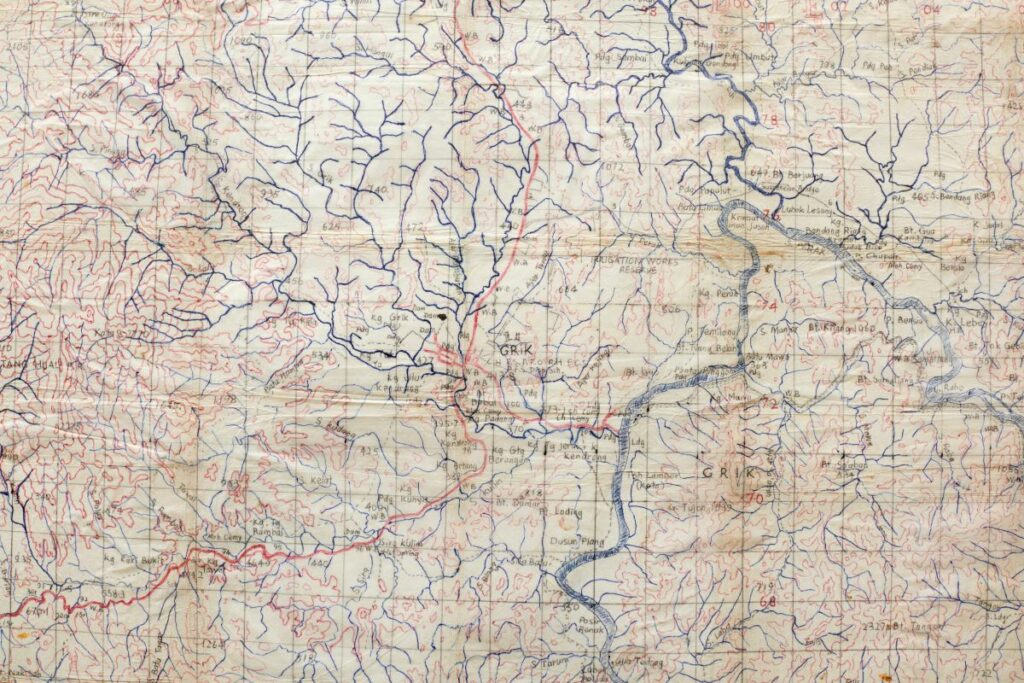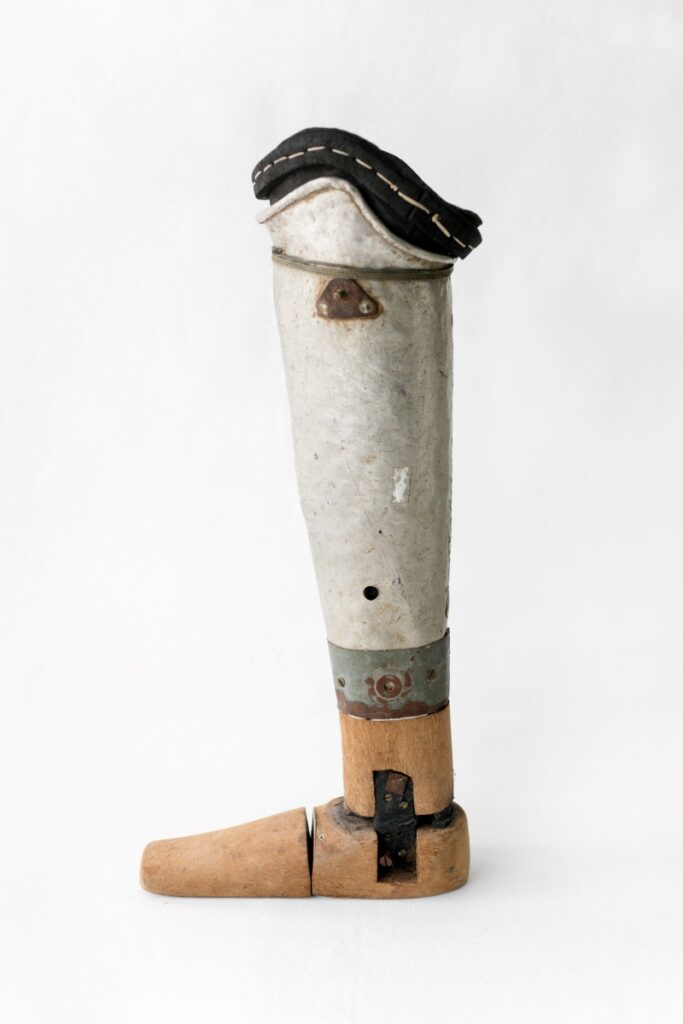Nine essays and stories from a new generation of writers grappling with the Malayan Emergency | 新世代作家的九篇文章和故事探討馬來亞緊急狀態

September 6, 2023
This notebook, “The Rainforest Speaks: Reimagining the Malayan Emergency,” gathers writers, translators, filmmakers, artists, historians, and critics to revisit a significant period of Southeast Asian history—the Malayan Emergency. The Emergency, which took place from 1948 to 1960, was a war between British colonial forces and communist fighters mostly based in the Malayan rainforest. The history and analysis of this war—including British initiatives that forcibly resettled half a million people, primarily ethnic Chinese Malayans, into heavily surveilled New Villages, and deported thousands to China—is fragmented and complex. Not only is the history split across different languages such as Malay, Chinese, and English, it is often eclipsed by the British colonial depiction of the fight as an “emergency” incited by communist “terrorists,” instead of an anti-colonial struggle.
The writers featured in “The Rainforest Speaks,” edited by Min Ke (民客), attempt to recover this elusive past and address those not well-represented in the historical record, including the communist guerrilla fighters, rural Chinese Malayans, Indian plantation workers, the indigenous Orang Asli people, and the rainforest itself. The contributors, who Min Ke notes are “all a generation or more removed from the events of the Emergency,” contend with these gaps through original translated stories, essays, criticism, and art. The resulting collection of work resists a singular narrative about the Emergency and instead traces the many perspectives of those involved. “The urge to return to scenes of the Emergency, to look beyond the colonial archive, is not only a painstaking task of recording imperial wrongs that persist in the present,” writes Min Ke in the editor’s note to the notebook. “It is, above all, an imaginative task, one that cannot be captured by an individual or group.”
Each piece in “The Rainforest Speaks” features art by Sim Chi Yin.
《雨林言說:重新想像馬來亞緊急狀態》收錄了作家、譯者、電影人、藝術家、歷史學家和評論家重探馬來亞緊急狀態的文章。馬來亞緊急狀態是指1948至1960年間英殖民軍與馬來亞共產黨之間爆發的武裝衝突,後者多數駐紮在馬來亞雨林之中。在東南亞這段重要的歷史時期,英殖民政府強行將五十萬人(主要是馬來華裔)重新安置到戒備森嚴的「新村」,更將數千人驅逐到中國。關於這段歷史的分析零散而複雜,馬來文、中文、英文等不同語言的紀錄有所差異,英國殖民者又將其曲解為一場受共產主義「恐怖份子」挑起的「緊急狀態」,而非一場反殖民鬥爭。
《雨林言說》的原作者嘗試還原這段難以捉摸的過去,探討那些在歷史紀錄上沒有得到充分反映的風土人物,包括共產主義游擊隊、馬來亞鄉村華人、種植園印度工人,半島原住民、馬來亞雨林等等。編者民客指出,《雨林言說》的撰稿人「均與馬來亞緊急狀態相隔一代人甚至更久」,通過翻譯故事、散文、評論和藝術來彌補這段空白。《雨林言說》從多種視覺追溯事件中的人物,並反對任何對馬來亞緊急狀態的單一論述。民客寫道:「著眼於殖民檔案之外,回到馬來亞緊急狀態的場景,紀錄一直延續至今的帝國主義暴行,不僅是一項艱鉅的任務,最重要的是,它也是一項想像的任務,以免被任何個人或團體玩弄於股掌之中。」
《雨林言說》中的每篇文章都配有沈綺穎的藝術作品。
《雨林言说:重新想像马来亚紧急状态》收录了作家、译者、电影人、艺术家、历史学家和评论家重探马来亚紧急状态的文章。马来亚紧急状态是指1948至1960年间英殖民军与马来亚共产党之间爆发的武装冲突,后者多数驻扎在马来亚雨林之中。在东南亚这段重要的历史时期,英殖民政府强行将五十万人(主要是马来华裔)重新安置到戒备森严的“新村”,更将数千人驱逐到中国。关于这段历史的分析零散而复杂,马来文、中文、英文等不同语言的纪录有所差异,英国殖民者又将其曲解为一场受共产主义“恐怖分子”挑起的“紧急状态”,而非一场反殖民斗争。
《雨林言说》的原作者尝试还原这段难以捉摸的过去,探讨那些在历史纪录上没有得到充分反映的风土人物,包括共产主义游击队、马来亚乡村华人、种植园印度工人,半岛原住民、马来亚雨林等等。编者民客指出,《雨林言说》的撰稿人“均与马来亚紧急状态相隔一代人甚至更久”,通过翻译故事、散文、评论和艺术来弥补这段空白。《雨林言说》从多种视觉追溯事件中的人物,并反对任何对马来亚紧急状态的单一论述。民客写道:“着眼于殖民档案之外,回到马来亚紧急状态的场景,纪录一直延续至今的帝国主义暴行,不仅是一项艰钜的任务,最重要的是,它也是一项想像的任务,以免被任何个人或团体玩弄于股掌之中。”
《雨林言说》中的每篇文章都配有沈绮颖的艺术作品。
Read the full list of pieces below.
Pieces from top to bottom, left to right:
- “Editor’s Note: The Rainforest Speaks” by Min Ke (民客)
- “My Father’s Country” by Sharmini Aphrodite
- “Narrating the Emergency from the Other’s Point of View: Between Restitution and Rehabilitation” by Nicholas Y.H. Wong
- “Dispossession” by ZH Liew
- “Invincible Communists, Invisible Labor, Interwoven Lives” by Fiona Lee
- “Into the Rainforest: Translating Hai Fan” by Jeremy Tiang
- “樂園 | Paradise” by Teng Kuan Kiat (鄧觀傑), translated from Chinese by YZ Chin
- “緊急狀態與健忘 | On Forgetfulness and the Emergency: Notes on ‘Absent Without Leave’” by Lau Kek Huat (廖克發), translated from Chinese by Leong Jie Yu
- “‘The Jungle Is Neutral, but . . .’: Rainforest Hermeneutics in the Military Training Film” by Nadine Chan
- “Traveling through History with Artist Sim Chi Yin” by Faris Joraimi


